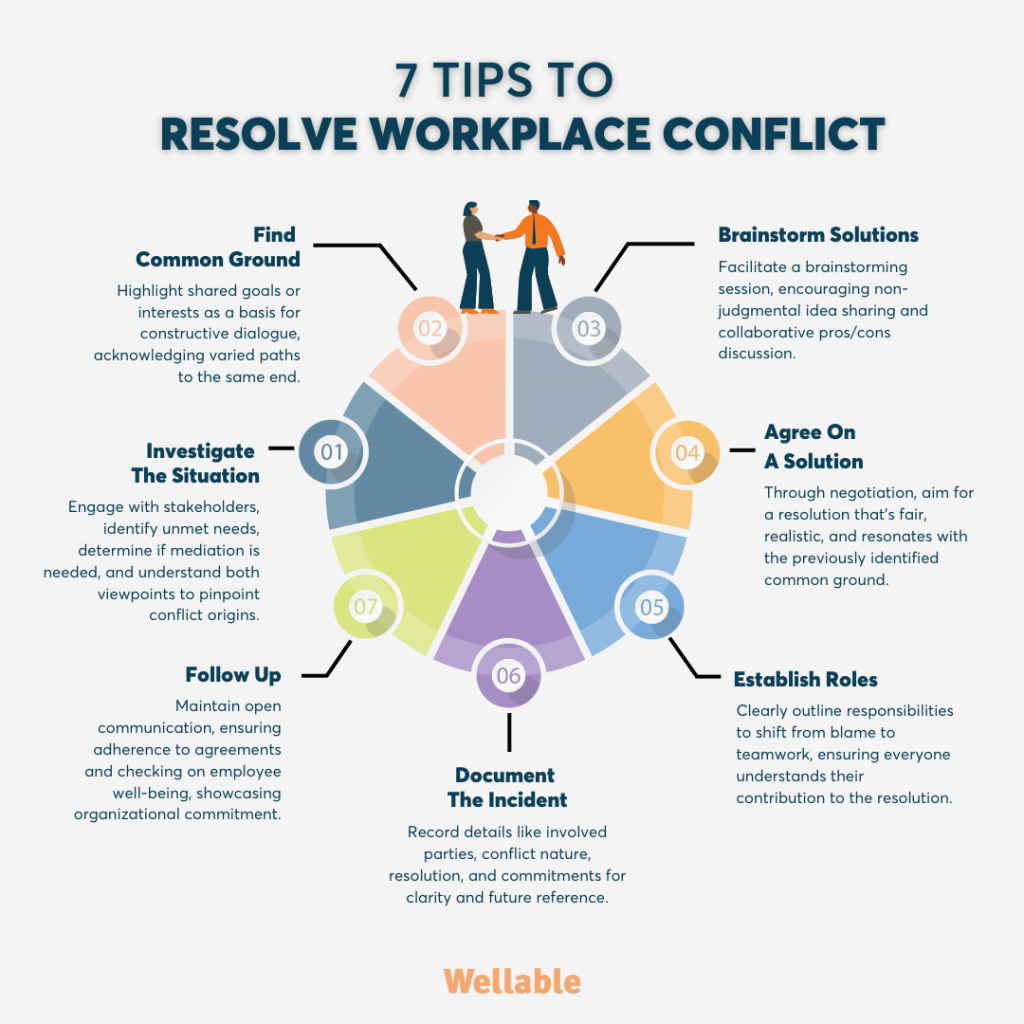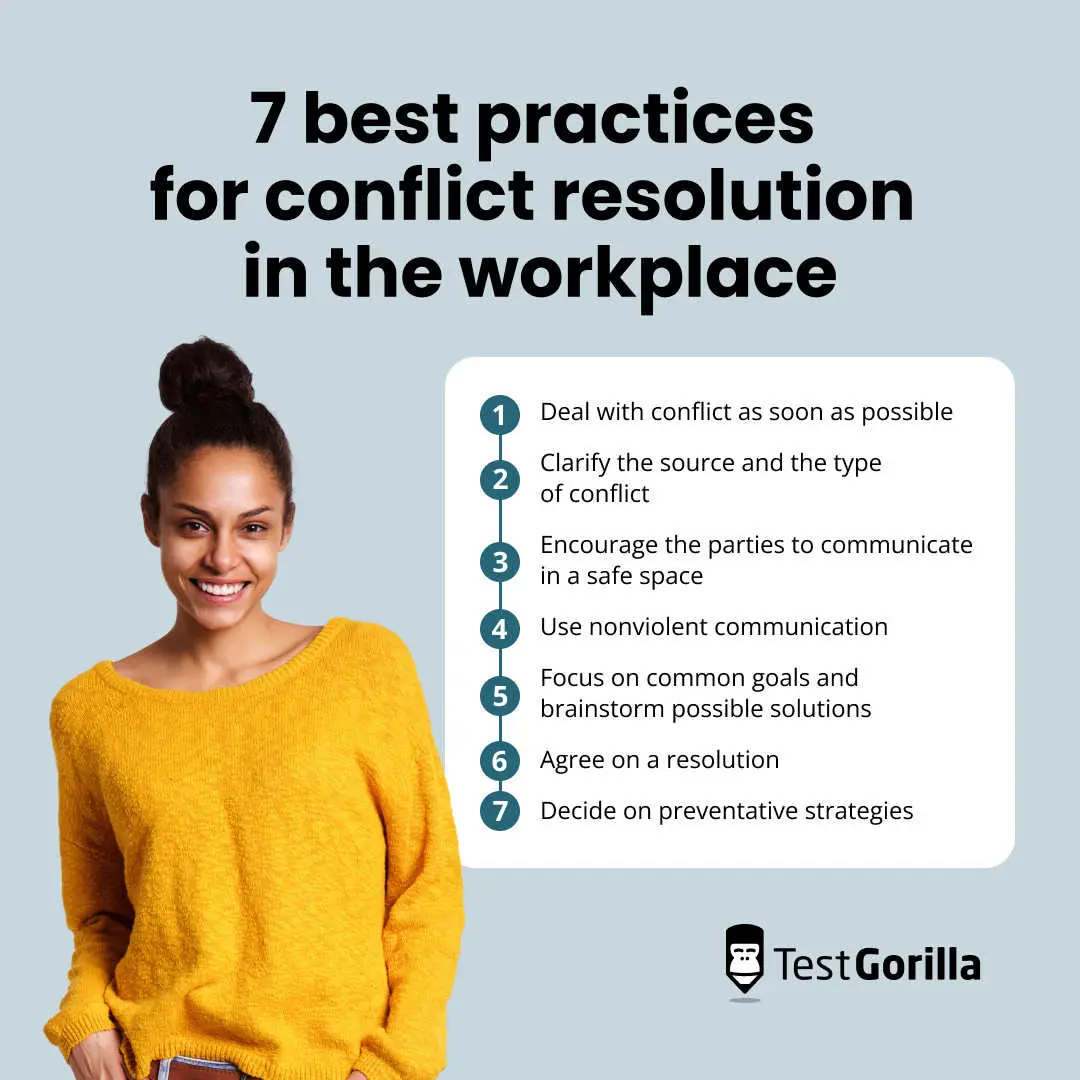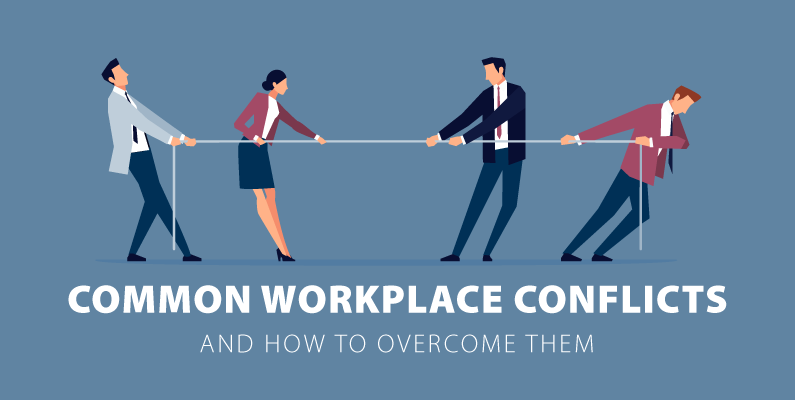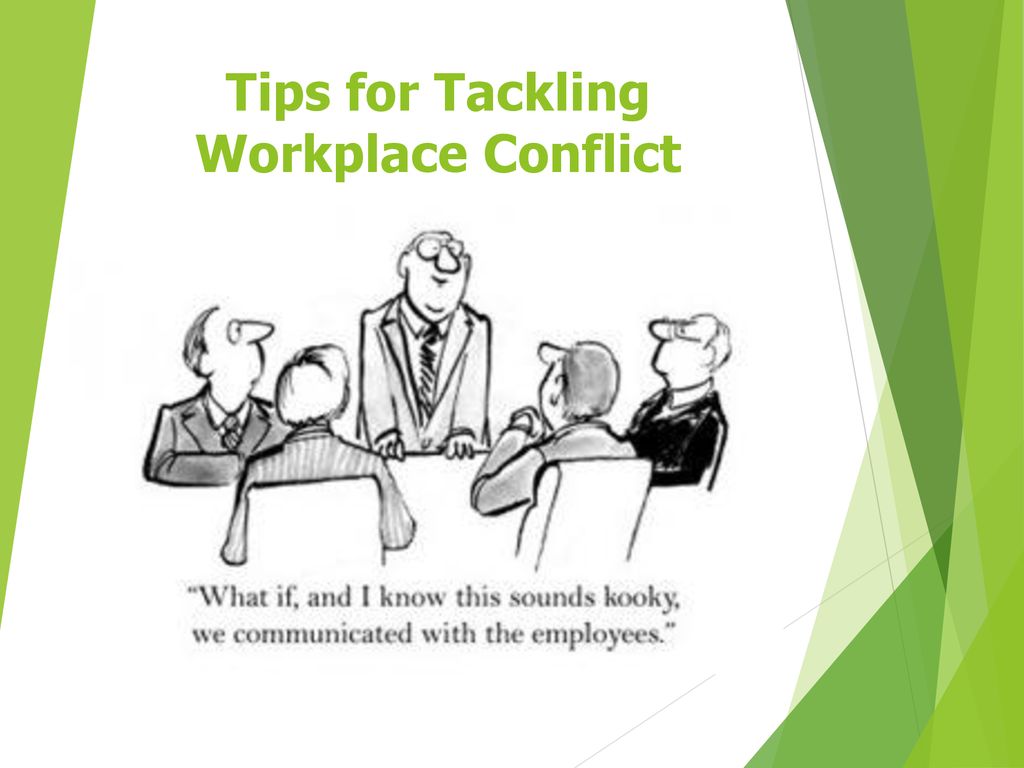How To Tackle Conflict In The Workplace
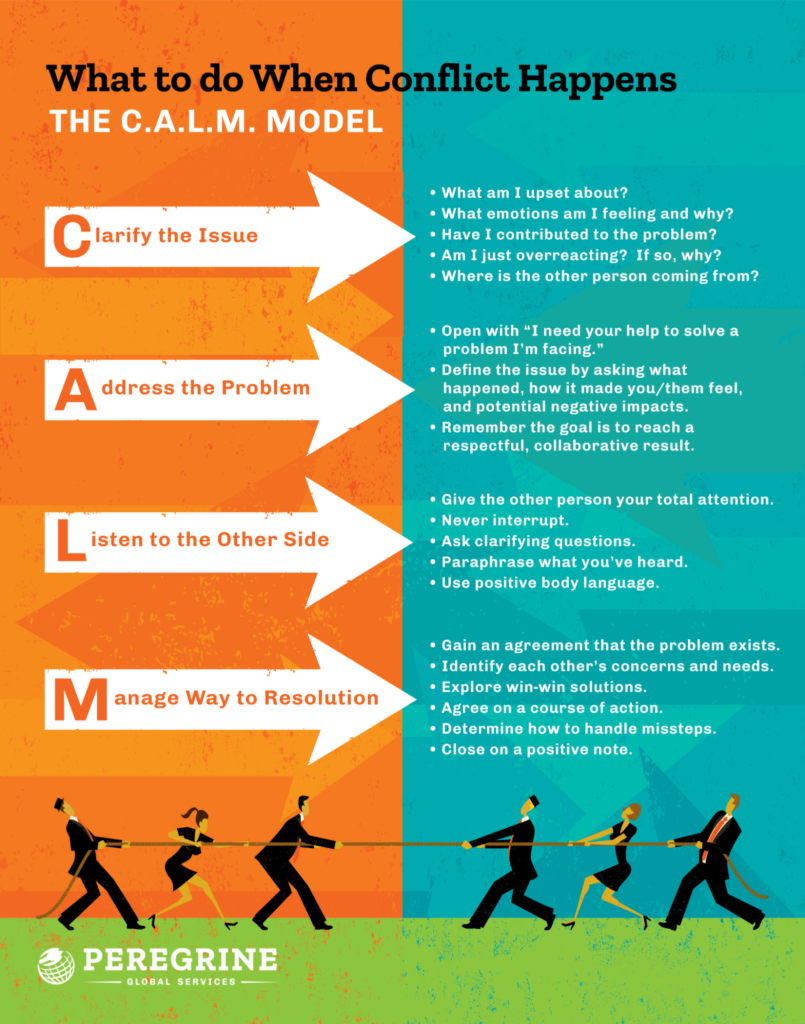
The air in the office hangs thick with unspoken tension. Sarah avoids eye contact with Mark near the coffee machine, and the usual hum of collaborative chatter has been replaced by an unsettling silence. A project deadline looms, and a disagreement over strategy has escalated into a full-blown conflict, threatening to derail the entire team. This familiar scenario plays out in workplaces across the globe, highlighting the urgent need for effective conflict resolution strategies.
Workplace conflict, while inevitable, doesn't have to be destructive. This article will delve into practical, actionable steps to navigate disagreements, foster open communication, and ultimately transform conflict into opportunities for growth and stronger team dynamics. Understanding the roots of conflict and equipping yourself with the right tools can create a more harmonious and productive work environment.
Understanding the Landscape of Workplace Conflict
Conflict in the workplace is often a result of differing opinions, communication breakdowns, or competing goals. These issues can arise from a multitude of factors, including personality clashes, workload imbalances, or lack of clear expectations.
According to a 2023 study by *Gallup*, unresolved conflict can lead to decreased employee engagement, increased stress levels, and higher turnover rates. Recognizing the warning signs early – such as passive-aggressive behavior, avoidance, or open hostility – is crucial for proactive intervention.
Identifying Common Conflict Triggers
Several common triggers frequently ignite conflict in the workplace. These include differences in communication styles; some prefer direct feedback, while others are more sensitive. Misunderstandings related to project scope and resources are also a constant source of frustration, as are unclear roles and responsibilities, leading to overlap and confusion.
Personal values and work ethics can also clash, creating friction between colleagues. Finally, competition for promotions, recognition, or limited resources can fuel animosity and undermine team cohesion.
Strategies for Effective Conflict Resolution
Successfully navigating conflict requires a multi-faceted approach, focusing on communication, empathy, and collaborative problem-solving. Active listening is paramount, ensuring that each party feels heard and understood.
Seek to understand the other person's perspective by asking clarifying questions and summarizing their points to confirm your understanding. Empathy plays a crucial role in de-escalating tensions and fostering a more receptive environment for dialogue.
Practical Steps to Resolve Disputes
When conflict arises, encourage direct and respectful communication between the parties involved. Facilitate a safe space where everyone feels comfortable expressing their concerns without fear of judgment or retaliation. If direct communication proves difficult, consider involving a neutral third party, such as a manager or HR representative, to mediate the conversation.
Focus on identifying the root cause of the conflict rather than dwelling on personal attacks or blame. Encourage collaborative problem-solving by brainstorming potential solutions and agreeing on a course of action that addresses the needs of all parties involved. Document the agreed-upon solution and set clear expectations for future behavior to prevent similar conflicts from arising.
According to the *Society for Human Resource Management (SHRM)*, implementing a formal conflict resolution policy can provide a framework for addressing disputes and ensure consistency in approach. Such policies should outline clear procedures for reporting and resolving conflict, as well as resources available to employees.
Building a Conflict-Resilient Workplace
Proactive measures can significantly reduce the frequency and intensity of workplace conflict. Invest in training programs that equip employees with essential communication, conflict resolution, and emotional intelligence skills. Promote a culture of open communication and feedback, where employees feel comfortable voicing their concerns and offering constructive criticism.
Clearly define roles and responsibilities to minimize confusion and overlap. Foster a supportive and inclusive work environment where diverse perspectives are valued and respected. Regularly assess team dynamics and address any emerging tensions before they escalate into major conflicts.
Regular team-building activities can also help to strengthen relationships and build trust among colleagues.
Conflict, while challenging, is an inherent part of any workplace. By understanding its roots, adopting effective resolution strategies, and fostering a culture of open communication, organizations can transform conflict into an opportunity for growth, innovation, and stronger team cohesion. Embracing a proactive approach to conflict management ultimately contributes to a more positive, productive, and fulfilling work environment for everyone.
